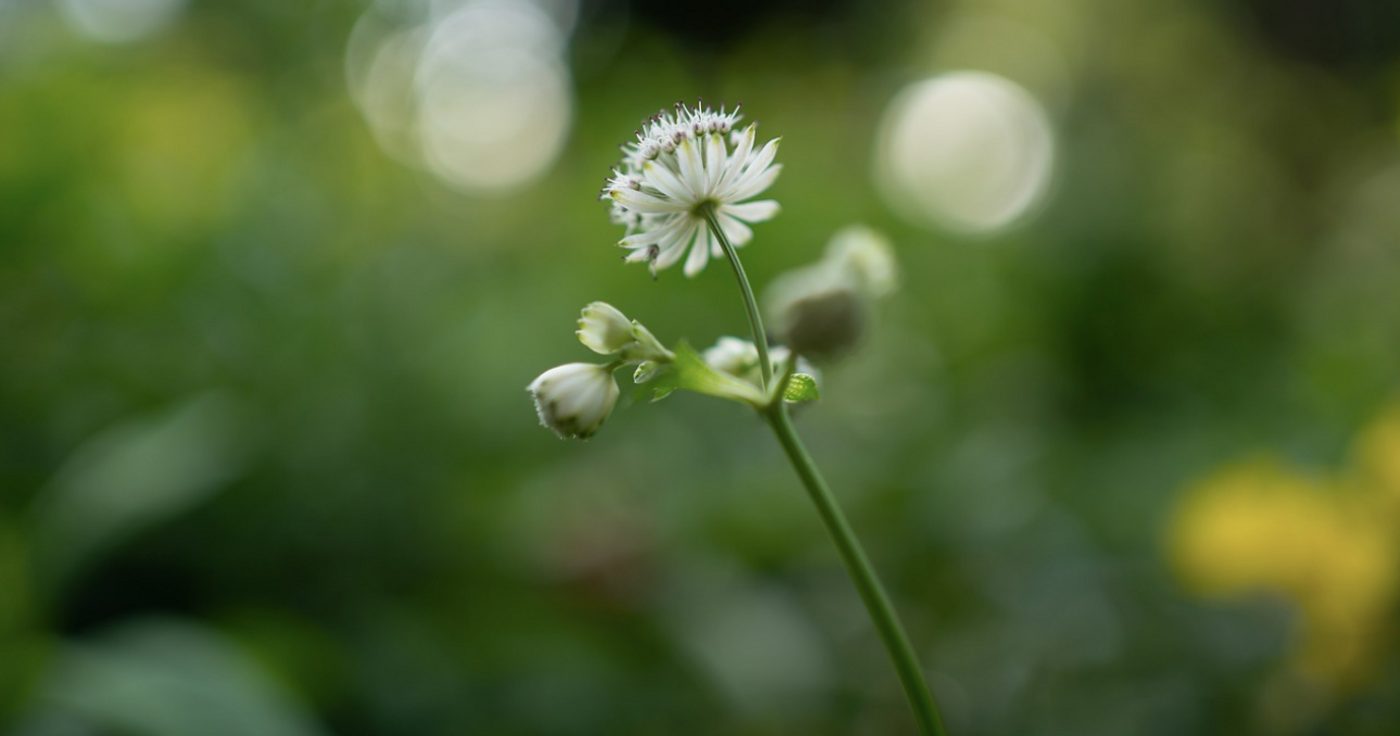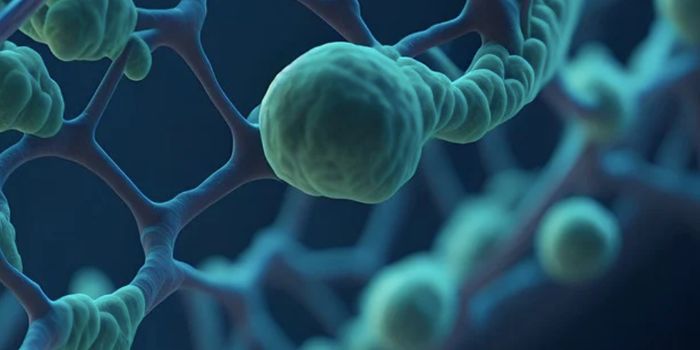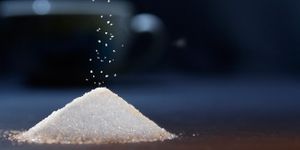Do DNA Mutations Really Occur at Random?
Whether they're damaged by injury or disease, or simply conducting the daily maintenance required for life, organisms have to make new cells. That generally requires replicating the organism's genome so it can be distributed to the new cells. Genomes are made up of long stretches of nucleotide bases, and all that copying can introduce errors. Environmental conditions like UV rays and pollution can also mutate DNA. While cells have ways to detect and repair genetic mutations, some slip through and are passed on to new cells. Over time, those mutations can add up. If mutations have some benefit, they might be kept by a species. Detrimental mutations can cause disease, and would be lost when organisms die. It has been thought that genetic mutations are simply a part of life, and evolution, and they happen at random places in the genome. But new research is challenging that idea.
“We always thought of mutation as basically random across the genome,” said Grey Monroe, an assistant professor at the University of California Davis. “It turns out that mutation is very non-random and it’s non-random in a way that benefits the plant. It’s a totally new way of thinking about mutation.”
A plant called Arabidopsis thaliana has long been a research model, and the DNA of hundreds of these plants has been sequenced. At only about 120 million base pairs, this plant's genome is not particularly large; humans have a genome of about 6 billion base pairs.
Over generations of growth in a lab, some unusual Arabidopsis plants have arisen that would probably not survive in the wild. All of them were sequenced, and over one million genetic mutations were found. Instead of being random, an analysis of those mutations revealed a surprising pattern. Some parts of the genome had low rates of mutation, and in those areas, crucial genes were found. The findings have been reported in Nature.
“At first glance, what we found seemed to contradict established theory that initial mutations are entirely random and that only natural selection determines which mutations are observed in organisms,” noted senior study author Detlef Weigel, scientific director at Max Planck Institute.
The most biologically critical parts of the genome were shielded from mutation, said Monroe. Compared to other regions, they would also be harmed more if they were mutated.
“DNA damage repair seems therefore to be particularly effective in these regions,” Weigel said.
Additional work suggested that the structure of compacted DNA influenced whether it mutated more or less frequently, and it might be possible to predict which places are more likely to pick up mutations, Weigel added.
The plant seems to have evolved to protect critical genomic regions. “This is exciting because we could even use these discoveries to think about how to protect human genes from mutation," said Weigel.
Sources: University of California Davis, Nature









